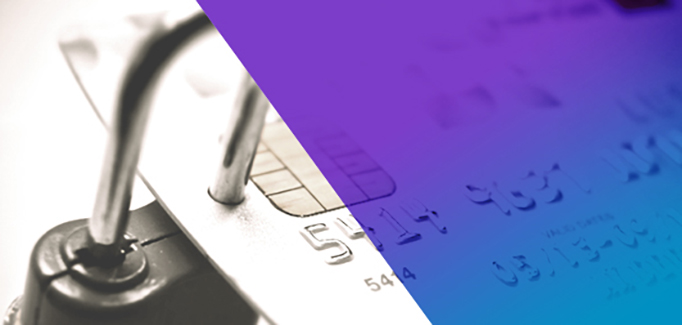The Profitability of Fraud
January 19th, 2021

First and foremost, I do not condone fraud. On a side note, this is like saying “with all due respect” before insulting someone. This is not the intention at all; however, we do need to acknowledge the fraudsters who in many cases run their illegal enterprises as a business.
Our world is rapidly changing, and human connections are being displaced by digital interactions. Your fingerprint is no longer on your hand but a culmination of device, IP, online behavior and so much more. The traditional personally identifiable information (PII) data that validated who you are is now cheaper than (insert your vice). The point is – our most personal data has been commoditized and is highly accessible.
Cheap and Accessible Data
This notion of cheap and accessible data, democratized technology, and a market in flux got me thinking. These are the same attributes an entrepreneur would look for to create a truly disruptive product. What’s more, like any good entrepreneur you will focus on unit profitability to scale, ensuring you are only focusing your energy on markets and accounts with the highest probability of profitability.
Let’s take a step back. Fraud that is manifesting from synthetic ID is a truly disruptive fraud product. Fraudsters have used the tools at their disposal to develop a means to fully exploit market conditions and vertical weaknesses for profit.
So if fraudsters have an entrepreneurial mindset, then how do we prevent them from targeting your financial institution? We make the process unprofitable, by reducing application conversion rates, lowering average fraud loss by stopping it all together or catching it early enough to minimize.
Lastly, stop synthetic ID from expanding into other product lines. To protect yourself as a financial institution is to make the endeavor of pursuing synthetic fraud unprofitable and unscalable. Unfortunately fraudsters won’t just give up; they will move on to their next target and try to “win a new account” (exploit fraud prevention weakness) and work that financial institution until no longer viable – which could take years and cost millions of dollars of fraud loss.
In all seriousness, Fraud is a complex issue. These individuals are criminals and this is not a victimless crime. Fraud loss impacts all those who engage within the banking ecosystem honestly as the backbone of our daily lives.
Methods and regulations that supposedly help reduce fraud and AML don’t always make it harder for fraudsters, but they do exclude more of those at the edges of society. An example is of having and proving an address. While trivial for fraudsters, this excludes many from the banking system.
Fighting Back Against Fraud
So, how do we fight back against this in practice? Changing the economics of synthetic is an important weapon.
Use of data on IPs, devices or mobile dongles is key. It’s important to prevent reuse of the same device, including emulators, which increases the costs for organized crime groups (OCGs). Sharing details of known bad devices via consortia frameworks where possible is also a must.
Throughout the ecosystem, we must take steps to make cheap PII data less important. These steps need to be across the board to help prevent the game of ‘whack a mule’ by using bad lists and working together to prevent mules cashing out.
Invest in using multiple models throughout the customer lifecycle, looking at the probability of an identity becoming a victim of ID theft, or data being used in synthetic and first-party fraud. Financial services organizations must do more with thin files and new IDs that shouldn’t actually be new. To do this, we need to bring in the data on known and suspected data compromises into the fraud engines along with the outcomes (victim of fraud) to improve the modeling.
New Account Fraud (NAF) can help here by not having to undertake all the checks and controls upfront. This means there are at least two opportunities to prevent the fraud, which then helps reduce the impact on genuine customers.
To prevent fraud, make it unprofitable for the fraudsters and deter their motivation by implementing the right tools to detect, deter and defend.




